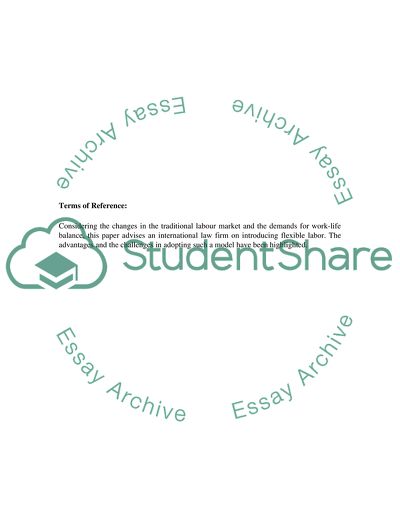Cite this document
(Flexible Working Practices and Work-life Balance Dissertation, n.d.)
Flexible Working Practices and Work-life Balance Dissertation. https://studentshare.org/human-resources/1717886-flexible-workin-practices-and-work-life-balance
Flexible Working Practices and Work-life Balance Dissertation. https://studentshare.org/human-resources/1717886-flexible-workin-practices-and-work-life-balance
(Flexible Working Practices and Work-Life Balance Dissertation)
Flexible Working Practices and Work-Life Balance Dissertation. https://studentshare.org/human-resources/1717886-flexible-workin-practices-and-work-life-balance.
Flexible Working Practices and Work-Life Balance Dissertation. https://studentshare.org/human-resources/1717886-flexible-workin-practices-and-work-life-balance.
“Flexible Working Practices and Work-Life Balance Dissertation”. https://studentshare.org/human-resources/1717886-flexible-workin-practices-and-work-life-balance.


